A Select list of the machines on display, by manufacturer:
(A large number of others and spares are in storage and not refurbished).
 Here is Pneuman, the newest addition to the museum and its mascot.
Here is Pneuman, the newest addition to the museum and its mascot.
Pneuman is a HERO-1 robot, manufactured by Heathkit in the early 80's.
HERO-1 had a 6808 CPU running at 1 mHz, 4K of RAM and 8K of ROM. This model has all the the voice and motion sensor extensions and will eventually greet
guests to the museum, singing "Daisy."
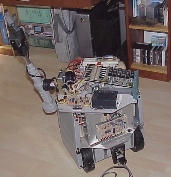 CLick on thumbnail to enlarge..
CLick on thumbnail to enlarge..
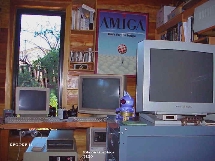
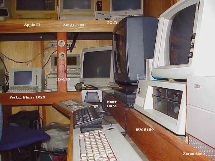
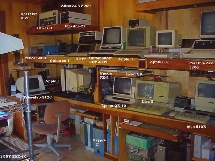
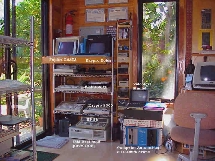
 Here is Pneuman, the newest addition to the museum and its mascot.
Here is Pneuman, the newest addition to the museum and its mascot.
 CLick on thumbnail to enlarge.
CLick on thumbnail to enlarge.